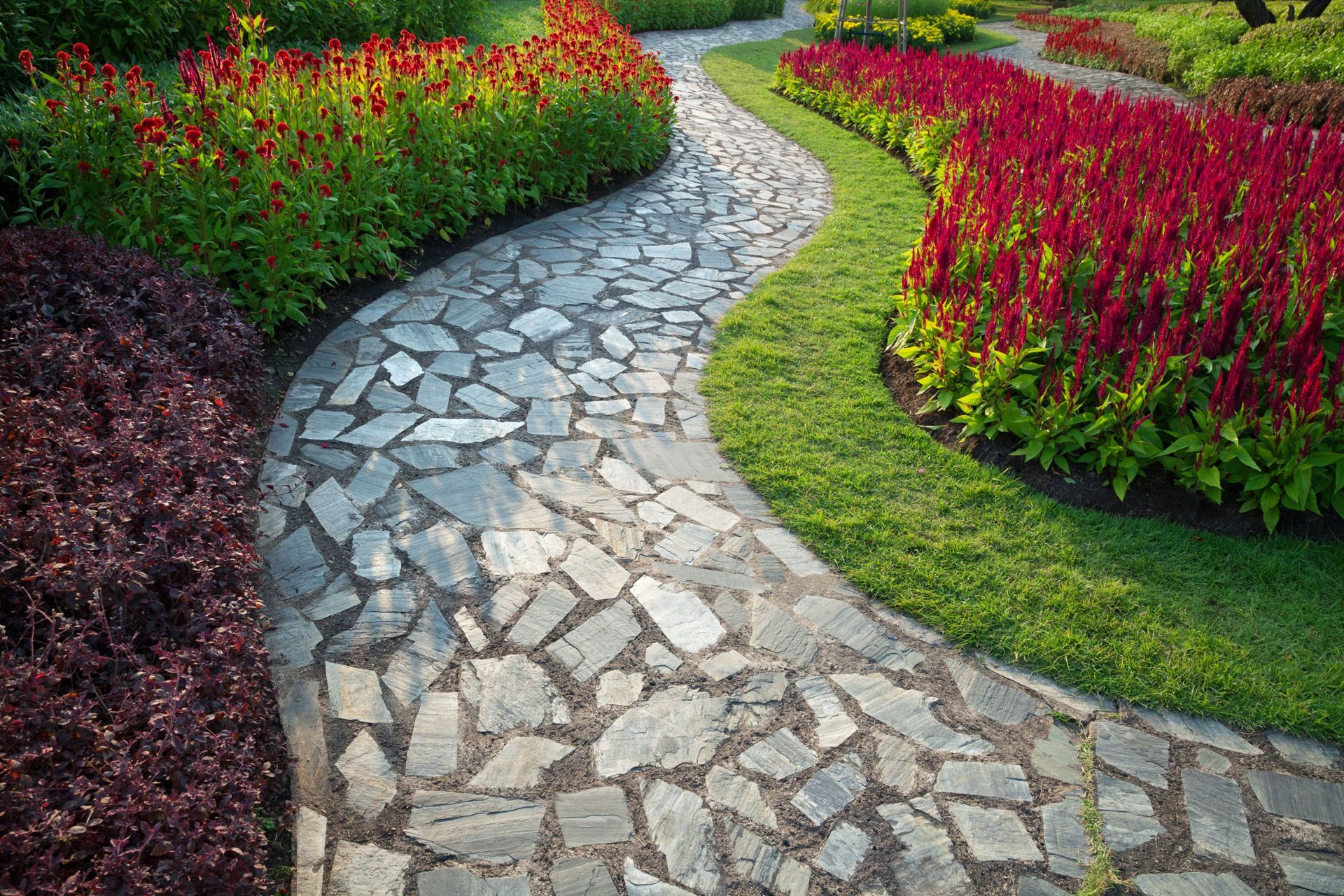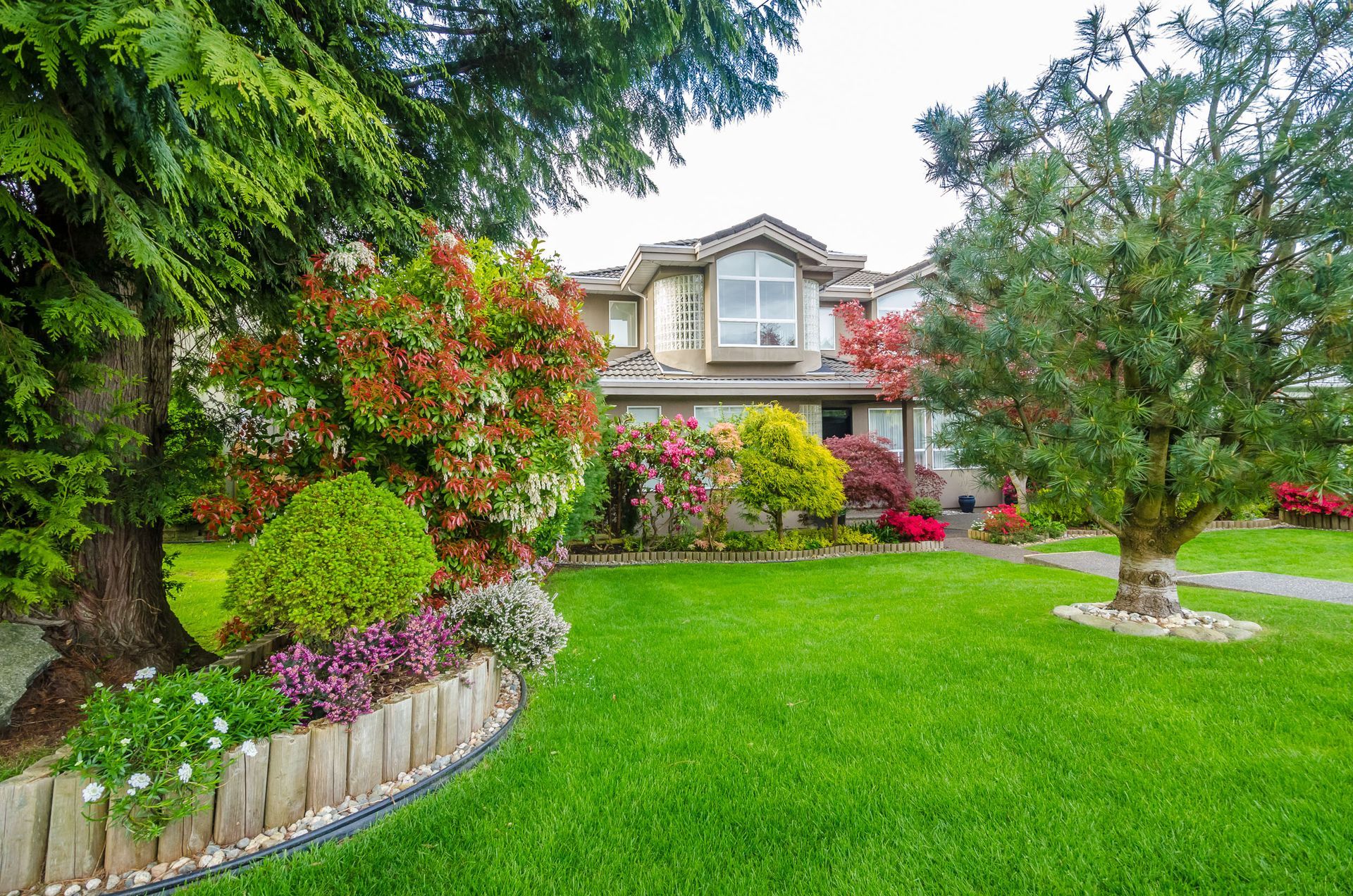Blog
Prairie Homes

Creating a stunning outdoor space doesn't always require acres of land. For homeowners with small yards, patios, or courtyards, thoughtful landscaping can make a remarkable difference. Small spaces present unique challenges, but they also offer opportunities for creative design that maximizes both functionality and beauty. Landscaping in tight areas requires careful planning, smart plant selection, and a focus on design principles that enhance every inch of available space. According to the National Association of Landscape Professionals (NALP), professional landscaping is sought by 43% of homeowners to elevate the visual appeal of their property. This statistic reflects a growing trend among homeowners who want to make even the smallest outdoor areas look intentional and inviting. With the right techniques, your compact space can feel open, lush, and full of character. Emphasizing Vertical Landscaping Techniques When dealing with limited square footage, vertical landscaping is a game-changer. Utilizing vertical space allows for more greenery without crowding the floor area. Trellises, wall-mounted planters, and hanging pots create a layered look that draws the eye upward, making your garden appear taller and more expansive. This approach not only optimizes space but also introduces texture and depth to a small yard or balcony. Incorporating decorative elements like outdoor wall art, lighting, or vertical herb gardens can further enhance the effect. Vertical features can provide privacy, act as focal points, or serve functional purposes without taking up precious ground space. Professionals often recommend vertical landscaping in urban settings, where blending aesthetics with practicality is essential. With expert guidance, you can ensure that your vertical elements complement the architecture of your home, boosting both visual appeal and property value. Integrating Multi-Functional Landscaping Features In a small outdoor area, every design element should serve multiple purposes. Multi-functional landscaping creates both beauty and utility, allowing a space to feel spacious and organized. For instance, a bench with built-in storage provides seating while concealing garden tools. Similarly, a raised planter with an integrated trellis can support climbing plants while acting as a privacy screen. Transformable furniture and movable garden accessories further increase flexibility. A foldable table or a storage-friendly seating unit can serve as a dining area, workspace, or garden lounge depending on your needs. Multi-functional designs maximize the use of limited space while maintaining a cohesive and visually pleasing landscape. By carefully choosing items that serve multiple roles, small gardens can feel both practical and stylish. Applying the Rule of Thirds in Landscaping Layouts The rule of thirds, a principle borrowed from photography, helps create balance and visual interest in small outdoor spaces. Imagine dividing your garden into a three-by-three grid and positioning key elements along the lines or at their intersections. This technique ensures that focal points, such as a fountain, sculpture, or flowering shrub, are placed intentionally to create harmony and flow. Using the rule of thirds can also prevent overcrowding, making a small space appear well-proportioned. Professionals recommend combining this principle with vertical elements or multi-functional features to maximize visual impact. Even subtle applications, such as aligning seating areas or pathways along the grid, contribute to an organized and aesthetically pleasing layout that draws visitors' attention to your best features. Creating Strong Landscaping Focal Points Focal points are essential for directing attention and adding interest in small outdoor spaces. They provide a central visual anchor that prevents the area from feeling cluttered. Popular choices include a water feature, ornamental tree, sculpture, or a striking planter arrangement. Focal points help define the style of your landscape and create a memorable impression. Color and texture are also powerful tools for creating focal points. Brightly colored flowers, contrasting foliage, or materials like stone, wood, and metal can guide the eye and add depth. Even small spaces benefit from these visual cues, making the landscape appear more intentional and curated. Landscaping professionals often emphasize focal points as a means to create cohesion and enhance the overall design of compact gardens. Opting for a Minimalist Landscaping Style Minimalism is a popular approach for small spaces because it emphasizes openness, clarity, and tranquility. By focusing on essential elements, minimalist landscaping reduces visual clutter and highlights quality over quantity. Simple lines, clean shapes, and limited plant varieties ensure that each element serves a purpose, creating a serene and organized outdoor environment. Minimalist landscapes also simplify maintenance, allowing homeowners to enjoy their gardens without feeling overwhelmed. Geometric pathways, neatly trimmed hedges, and understated planters contribute to a sense of order and elegance. Landscaping professionals often recommend this approach for small gardens, as it enhances perception of space while promoting sustainable and manageable design choices. Choosing Small Trees and Shrubs Selecting compact plant varieties is crucial for maximizing space in small gardens. Dwarf trees and shrubs, such as miniature maples or conifers, offer structure and greenery without overwhelming the area. They provide vertical interest and create natural barriers or privacy screens while leaving room for other plants or pathways. Small trees and shrubs can also attract birds and beneficial insects, adding ecological value to your landscaping. Balancing Perennials and Annuals Perennials provide long-lasting structure and color stability, while annuals offer seasonal flexibility. A mix of both ensures your small garden has visual interest year-round. Perennials like hostas or lavender maintain form and texture, whereas annuals can be rotated to refresh color or highlight specific areas. Professionals often suggest blending these types to achieve a balanced and dynamic garden without crowding limited space. Planting for Privacy Privacy is essential in compact outdoor areas, and landscaping offers creative solutions. Dense hedges, bamboo screens, and climbing vines can act as natural barriers without taking up floor space. Layering plants of different heights and textures not only enhances seclusion but also adds visual depth and interest. Experts often combine fast-growing species with slower-growing plants to create immediate cover while ensuring long-term landscape development. Choosing Seasonal Plants Selecting plants that provide year-round interest keeps small gardens vibrant and dynamic. Spring bulbs like tulips, summer perennials, autumn foliage, and winter evergreens ensure continuous color, texture, and visual appeal. Strategically rotating seasonal plants allows you to maintain excitement and variety without overcrowding limited space. Professionals often recommend a careful blend of species to balance seasonal aesthetics with maintenance needs. Incorporating Stone Pathways Stone pathways improve both accessibility and design in small gardens. They guide foot traffic, define functional areas, and introduce texture and color. Flagstone, cobblestone, or stepping stones can be combined with groundcover plants to soften the look. Curved paths create the illusion of a larger space, adding visual intrigue to compact landscapes. Small outdoor spaces can be transformed into extraordinary landscapes with thoughtful design, strategic plant selection, and creative hardscaping. By emphasizing vertical features, incorporating multi-functional elements, applying the rule of thirds, and establishing focal points, you can make even the tiniest garden feel expansive and inviting. Minimalist approaches and carefully chosen plants, including small trees, perennials, annuals, and edible species, enhance functionality while maintaining aesthetic balance. Hardscaping techniques such as stone pathways, gravel, mulch, and retaining walls add structure and accessibility to your landscaping, ensuring that every inch serves a purpose. Engaging experts not only optimizes your small space but also ensures a polished, cohesive result that increases your home's beauty and value. Whether designing a compact urban patio, balcony garden, or tiny backyard, thoughtful landscaping allows your outdoor space to shine. Turn your limited square footage into a lush, functional retreat by consulting with professionals who can bring your vision to life. Contact Prairie Homes today to start creating your dream outdoor space.


Share On: